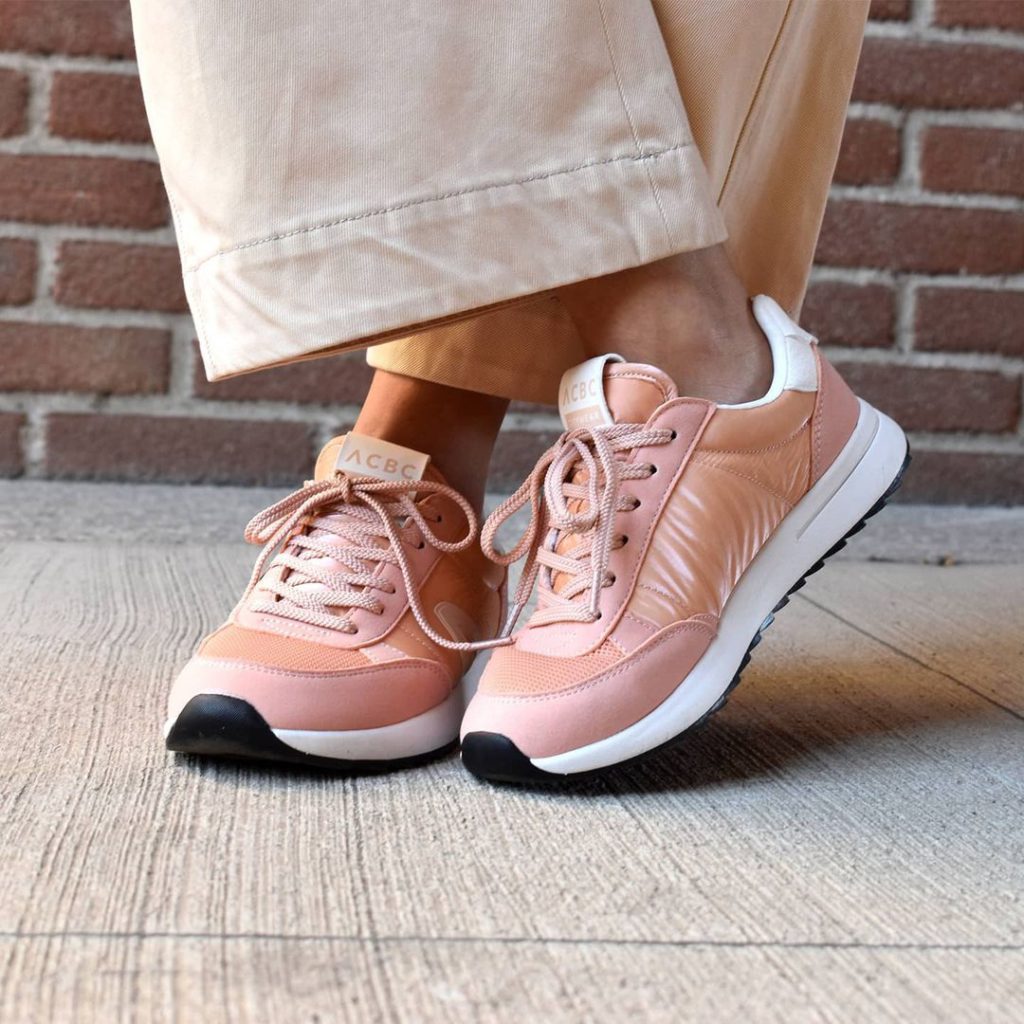TWEET THIS
The fashion industry is the second largest polluting industry after the oil industry, producing 10% of world carbon emissions. #slowfashion #sustainability Click To TweetIf you’ve been keeping up with our Easy Eco Swaps series, you would have seen us cover, food & drink, home & leisure and, health & beauty. Today’s post is all about fashion swaps, more specifically we’re sharing some great alternatives to some of the most unsustainable fabrics used in our clothing today. The fashion industry is the second largest polluting industry after the oil industry, producing 10% of world carbon emissions. With stats like this, it’s no wonder many people’s first point of learning about sustainability is through their fashion choices. As the impacts of fast fashion becoming increasingly well known it’s easy to feel like you need to replace your entire wardrobe in order to be sustainable however this can often be a wasteful solution. While we don’t recommend throwing all your old clothes out, these easy eco fabric swaps can help you make better choices the next time you’re in need of a wardrobe update.
1. Organic Cotton

Although cotton may seem like a harmless natural material, its impact on the environment is far from it. To yield just 1kg of conventional cotton, it can require up to 20,000 litres of water. Conventional cotton also utilises toxic fertilisers and pesticides which cause major harm to both humans and wildlife. So for an easy eco swap, seek out organic cotton. One of the things that make organic cotton better for the environment is its use of water. Water scarcity is identified by the World Economic Forum as being in the top 10 global risks to society. However organic cotton is grown in rain-fed areas and therefore relies on rainwater to grow cotton crops. Organic cotton also does not use any toxic pesticides meaning the soil remains healthy and waterways do not become polluted with hazardous waste. As a standard, all our apparel brands here at Veo utilise organic cotton – discover them here!
2. Plant Leather

Conventional animal leather is a by-product of the commercial meat industry, an industry that is responsible for producing 14.5% of all greenhouse gas emissions worldwide. The tanning process that turns animal hides into leather also involves a high volume of toxic chemicals that pollute and disrupt our water systems. While faux leather was initially seen as an ethical alternative, this ‘easy eco swap’ is unfortunately not so ‘eco’ after all. Petroleum-based alternatives such as PVC and PU utilise fossil fuels which are both toxic to humans and harmful for the environment. They are also non-biodegradable making them extremely difficult to get rid of. However, a newer alternative, plant-based leathers, utilise green technologies to create leather materials derived from pineapple leaves, cactus plants, grape skins and more. Alternatives such as Piñatex and wine leather utilise waste from the food industry meaning they are renewable materials and don’t require additional environmental resources in their production. Discover amazing brands such as Bohema and ACBC that are actively utilising these plant leathers in their footwear!
RELATED: Can leather ever be sustainable?
3. Tencel

Viscose and Lyocell (commercially known as Tencel) are two fabrics that are ‘cut from the same cloth’ but with very different outcomes. These materials both originate from the wood pulp of trees such as beech, pine, eucalyptus, and bamboo, however, what makes one more sustainable than the other lies primarily in the way these fabrics are manufactured. Viscose uses toxic solvents such as sodium hydroxide and carbon disulphide in its production process; highly polluting substances that cause major health and environmental hazards. The increasing demand for viscose in the fashion industry has also resulted in mass deforestation of endangered forests. In comparison, Tencel requires far fewer resources in its production and utilises non-toxic solvents in a closed-loop system where almost no solvent waste ends up in our ecosystems. Additionally, Tencel only uses wood from sustainably managed forests making it the perfect eco swap for viscose garments.
4. Recycled Polyester (rPET)

Polyester is the world’s most commonly used fibre and unfortunately, it’s not going anywhere anytime soon. This is because polyester is a form of plastic that is non-biodegradable meaning it will remain in landfill for many years to come. Polyester also uses disperse dyes that are insoluble in water making it difficult to treat and clean water waste that occurs from the dyeing process. Additionally, polyester is derived from fossil fuels, making it a byproduct of the oil industry – the most polluting industry in the world. As polyester cannot be disposed of, it might as well be reused. That’s where recycled polyester (rPET) comes in. This material is created by melting down existing plastic and re-spinning this into new polyester fibre. The positives of this are that this process stops existing plastic waste from going into landfill. and also reduces demand for the fossil fuel industry, minimising further negative environmental impact.
While many of these fabrics are still a work in progress and are not perfect substitutes, they are a great step in the right direction towards a more sustainable fashion industry. For fashion-forward brands that are sustainable and don’t compromise on style, discover our curated fashion collections here on Veo.